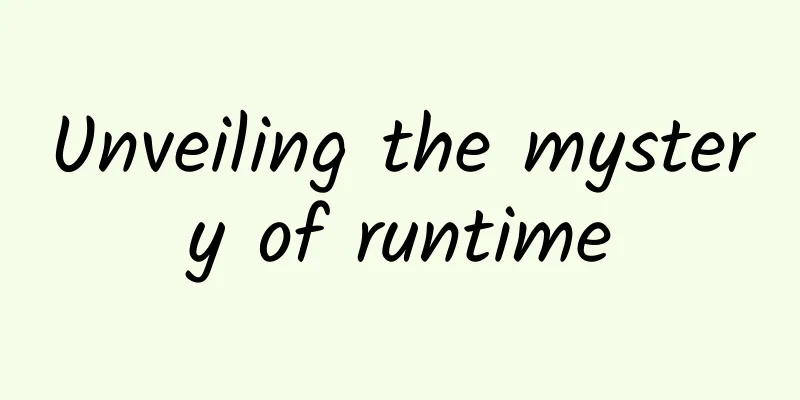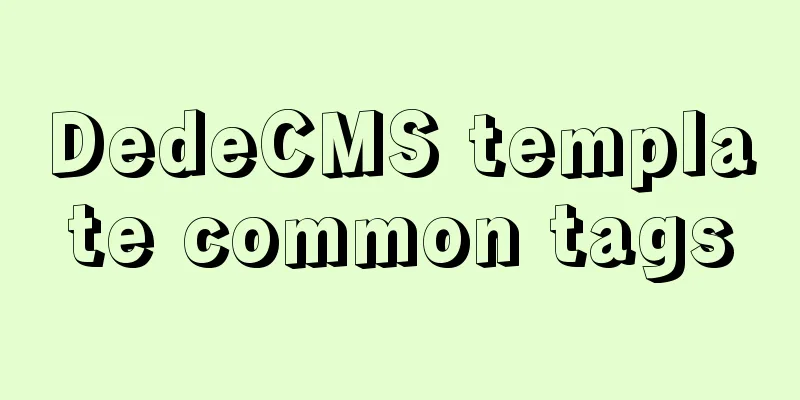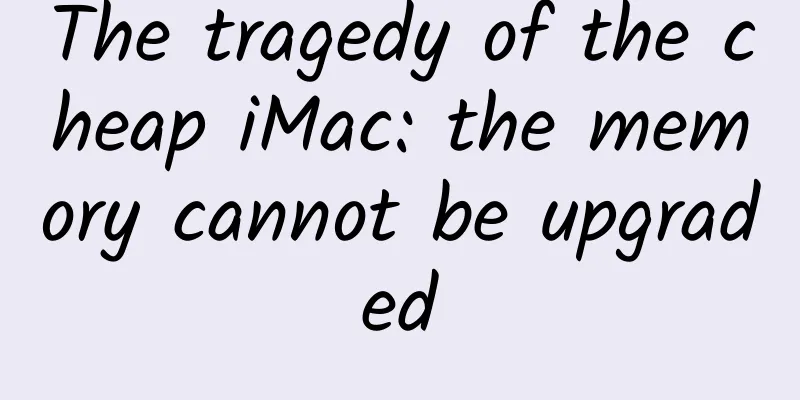Unveiling the mystery of runtime

|
I recently wanted to change jobs, and I was full of confidence, but I didn't know the weak points of my knowledge until the interview. So I started to learn runtime to address my weak points in interviews. The following will use my learning process to explain runtime, which is very important but also very broad. I hope it can help you who are confused. It can also serve as my own study notes. What is runtime? Runtime literally means running time, run (run, run) time (time). Everyone on the Internet calls it runtime. It is a set of relatively low-level pure C language APIs, belonging to a C language library, which contains many low-level C language APIs. It is the behind-the-scenes worker of OC. The OC code we usually write will be converted into runtime C language code during the running process. What is runtime used for? If you don't know runtime before, you may think it is useless, but it is actually very powerful. Let's unveil the mystery of runtime in the form of code. Function 1 Get all member variable names of a class (if your members are private, you can also get them) We create a new Person class, the .h code is as follows These member variables are all public. We can see them by clicking on the beginning file. If it is a system class, you may not know which members are in the class. You can easily solve this problem by using runtime. Now let's test it. Remember to add #import Printing Results You can try putting all members into the .m file, and the print result is the same. Function 2 Similarly, we can get all the attribute names of a class Print results: Function 3 Get all methods of a class Print results: We can see all the methods Function 4 Get all protocols followed by a class First comment out the protocol to be followed Test code Nothing was printed out. We open the code comments that follow Execute the test code again and print the results Isn't it great? You may think it's not very useful, so let's take a look at how to use runtime to archive and unarchive. Function 5: Archive/Unarchive The test is as follows Print results: Isn’t it much simpler than archiving and unarchiving before? The role of runtime is so important that I didn't know it until I learned it. This is my learning process and some experience today. I will continue to share my learning process with you in the future, hoping to give you some help. |
<<: Bad example: Five steps to make your website slow down
>>: Wild Dog Programmer Independence Day Rock Music Festival will be held on April 8
Recommend
Apple quickly withdraws iOS 14.3 after releasing it: Reason unknown
[[352022]] Apple did the same thing again. Wasn’t...
Has Apple's car-making project failed? Analysts point out that the fastest way to success is acquisition
Apple has always had ambitions to enter the autom...
Android performance optimization: How to avoid creating unnecessary objects in Android
[[169562]] In programming development, memory usa...
To help children understand where things go after being ingested, these doctors swallowed 6 Lego blocks themselves
Don't worry, like a grain of corn, they will ...
November Hot Marketing Calendar
The National Day holiday is over No more holidays...
Can eating more sapodilla rice improve your beauty? Its real effect is...
" Eating more sapodilla rice can beautify yo...
Cut off 20% of the notch, behind Apple's "toothpaste squeezing": the pain and suffering of under-screen 3D visual technology
At the recent Apple conference, one of the highli...
Nvidia accuses Qualcomm and Samsung of infringing its graphics processing technology patents
Chipmaker Nvidia said on Thursday it has sued riv...
WeX5 cross-terminal mobile development framework V3.1 official version
[[132317]] 1. Provide a lightweight and highly sc...
The 30th Lan Guilian Illustration Course will end in October 2020 (The 30th Lan Guilian Illustration Course)
Lan Guilian Illustrations No. 30 Course Ends in O...
New trends in Xiaohongshu’s ecological marketing in 2022!
Yesterday, the Xiaohongshu Business Ecosystem Con...
Making a killing! Parallel importers use huge iPhone 6 pre-order deposits to lend money
The absence of the iPhone 6 from the mainland was...
What is the price of 2U server hosting configuration?
The main charging standard for server hosting is ...
Jack Ma: "I had a sleepless night in Seattle last night"
[[150517]] On September 24, on the morning of Sep...
A project in the field of Douyin's little-known knowledge that can bring you over ten thousand yuan a month, a complete analysis of Douyin's ways to make money!
A project in the field of Douyin's little-kno...









